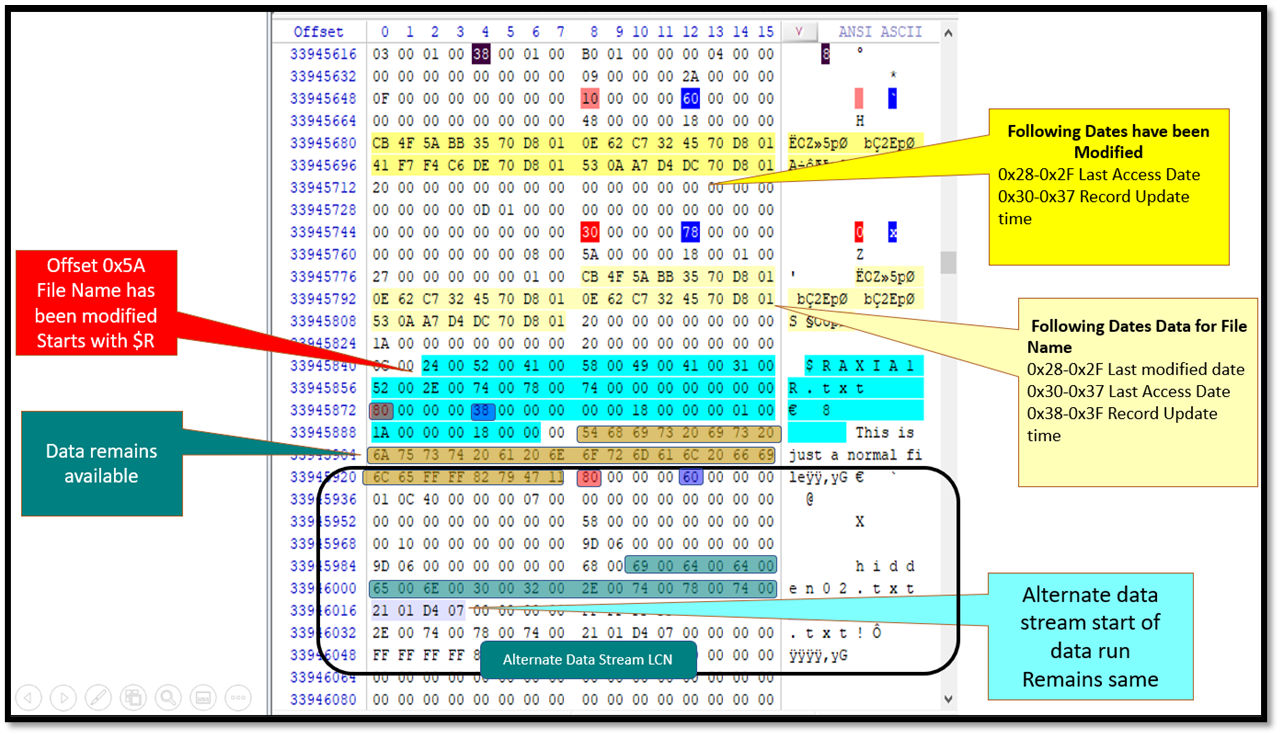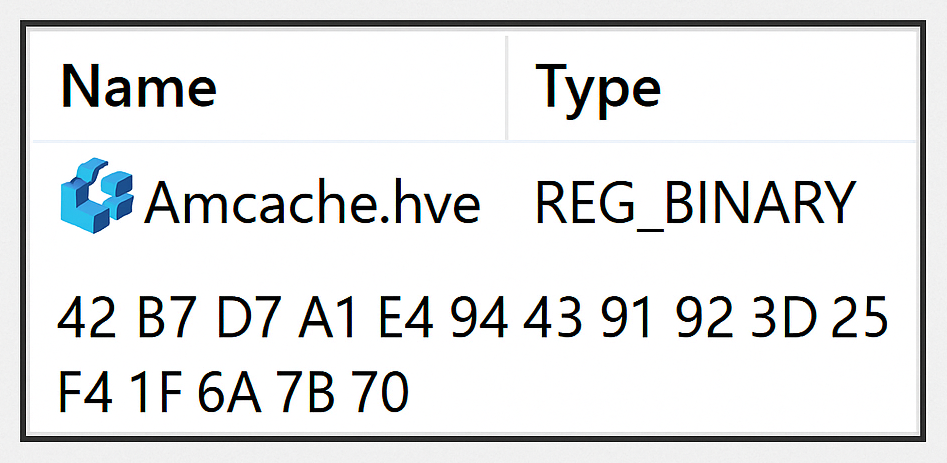$MFT :) Who is keeping track of the Tracker!!
 In the world of Windows file systems, there exists a fascinating technical paradox that few users ever consider:
In the world of Windows file systems, there exists a fascinating technical paradox that few users ever consider: The Master File Table (MFT), responsible for tracking every file on an NTFS volume, "MUST ALSO TRACK ITSELF".
The NTFS file system employs Record 0 in the MFT as a self-reference—an entry that describes the very table it resides within. This creates a recursive relationship where the tracker contains metadata about itself.
Technical Implementation
The Windows NTFS driver manages this self-reference through a complex but elegant mechanism. When the NTFS volume is initially formatted, the system creates this foundational entry with timestamps reflecting the creation moment. Unlike regular files whose metadata updates frequently, the MFT’s own metadata remains relatively static.
The MFT’s self-referential entry contains standard NTFS attributes:
$STANDARD_INFORMATION (with creation time, modification time)
$FILE_NAME (containing the name “$MFT”)
$DATA (containing the actual MFT table data)
Timestamp Persistence Phenomenon
This architecture creates a surprising consequence: a system running in 2025 may show its MFT with creation dates from years earlier. This isn’t a bug—it’s by design. The MFT timestamps reflect when the file system was initially formatted, not when files were last added to it.
For forensic analysts, this timestamp information provides valuable insights about system history. The MFT’s own metadata serves as a birth certificate for the entire file system, preserving the moment when the storage volume was initialized.
Why It Matters
This technical curiosity has practical implications. System administrators troubleshooting timestamp inconsistencies need to understand that the MFT’s self-referential nature means its timestamps don’t “tick forward” with regular usage. Only significant file system operations that modify the MFT’s structure itself will update these timestamps.
What appears as a timestamp “error” to the casual observer is actually a window into the elegant recursion built into Windows’ flagship file system—a tracker that carefully maintains its own historical record.


 Amcache:The Most Misunderstood Artifact
Amcache:The Most Misunderstood Artifact The Invisible Insider!
The Invisible Insider! Linux Forensics Essentials
Linux Forensics Essentials